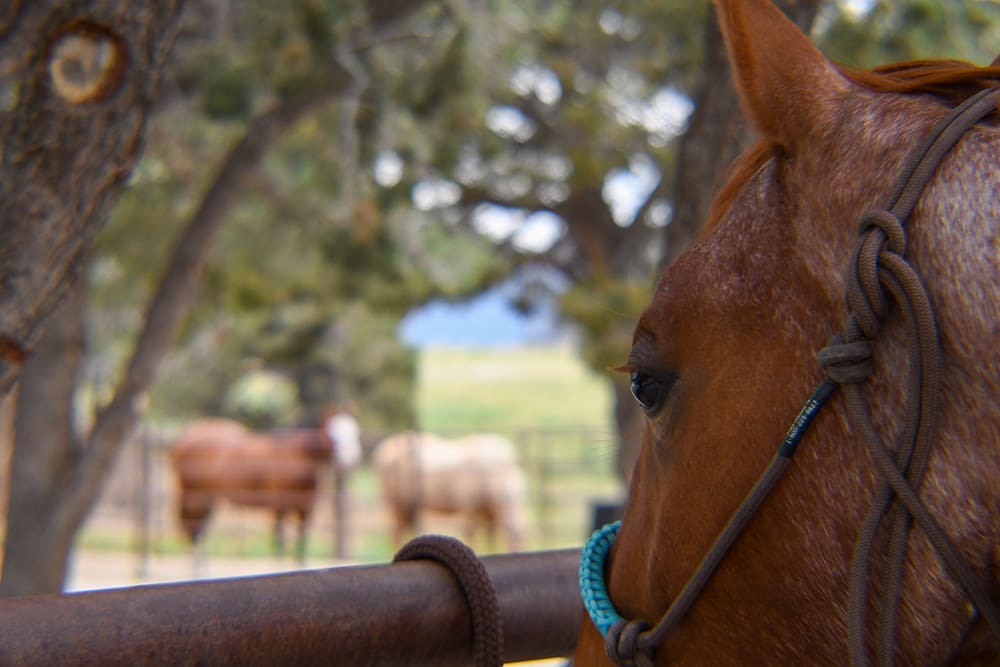Teaching Your Horse to Accept Routine Changes

Horses are creatures of habit, thriving on consistency and predictability. However, in real-life scenarios, routine changes are inevitable—whether due to travel, weather, or health needs. Teaching your horse to accept these changes calmly and confidently is essential for their well-being and your safety.
Why Routine Changes Matter
Routine changes can cause stress and anxiety in horses because they rely heavily on familiar patterns to feel secure. Sudden or frequent changes may lead to behavioral issues such as resistance, nervousness, or even aggression.
Understanding Your Horse’s Behavior
Before introducing changes, it’s important to observe your horse’s temperament and stress signals. Signs of discomfort include pawing, tail swishing, ear pinning, and restlessness. Recognizing these cues helps you adjust your approach accordingly.
Step-by-Step Guide to Teaching Routine Changes
| Step | Action | Description |
|---|---|---|
| 1 | Start Small | Introduce minor changes like altering feeding times by 10-15 minutes to gauge your horse’s reaction. |
| 2 | Use Positive Reinforcement | Reward calm behavior with treats, praise, or gentle pats to encourage acceptance. |
| 3 | Gradually Increase Changes | Slowly extend the duration or complexity of changes, such as varying turnout times or grooming routines. |
| 4 | Maintain Consistency in Other Areas | Keep other aspects of the routine stable to provide a sense of security. |
| 5 | Monitor and Adjust | Continuously observe your horse’s response and modify your approach as needed. |
Practical Tips
- Communicate Clearly: Use consistent cues and body language to signal changes.
- Stay Calm: Horses pick up on your emotions; a calm handler promotes calm behavior.
- Be Patient: Allow your horse time to adjust without rushing the process.
- Create a Safe Environment: Ensure the surroundings are familiar and free from stressors during transitions.
Frequently Asked Questions (FAQ)
How long does it take for a horse to adjust to routine changes?
Adjustment time varies depending on the horse’s personality and the nature of the change but generally ranges from a few days to several weeks.
Can routine changes improve my horse’s behavior?
Yes, when introduced properly, routine changes can enhance adaptability and reduce anxiety, leading to better overall behavior.
What if my horse resists changes?
If resistance occurs, slow down the process, return to smaller changes, and reinforce positive behavior to rebuild trust.
Conclusion
Teaching your horse to accept routine changes is a gradual process that requires patience, observation, and consistent positive reinforcement. By understanding your horse’s needs and carefully managing transitions, you can foster a more adaptable and confident equine partner.
Would you like me to help improve the clarity or tone of this article? Or perhaps add more detailed examples or a troubleshooting section?
